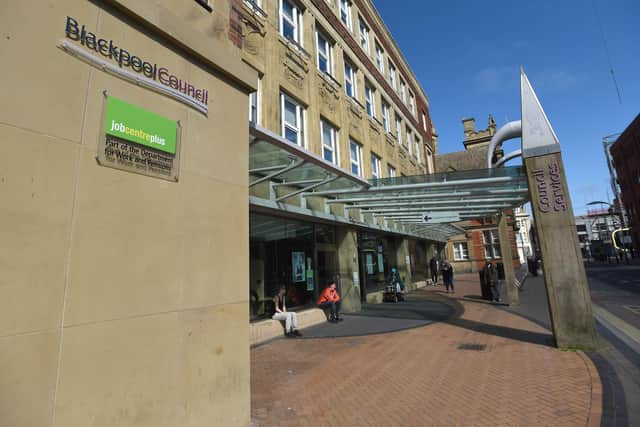Unemployment falls to pre-covid levels, official figures show
and live on Freeview channel 276
The Office for National Statistics said there were 1.34 million unemployed in the quarter to January, down 88,000 on the previous three months and below the 1.36 million recorded in December to February 2020.
But the figures revealed the tightening squeeze of the cost-of-living crisis, as regular pay failed to keep up with soaring inflation, with average weekly earnings excluding bonuses up 3.8 per cent between November and January.
Advertisement
Hide AdAdvertisement
Hide AdWhen taking rising prices into account, as measured by Consumer Prices Index inflation, wages fell by 1.6 per cent compared with a year earlier.


Experts warned the pressure on household finances will intensify due to the Ukraine conflict, with gas and fuel prices set to make inflation rise from 5.5 per cent currently to 9 per cent in April.
The ONS figures showed the unemployment rate falling to 3.9 per cent in the most recent quarter, down from 4.1 per cent in the three months to December.
It came as the number of workers on payrolls jumped by 275,000 between January and February to a fresh record of 29.7 million.
Vacancies also hit a new high, up 105,000 quarter on quarter to 1.3 million as firms struggle to secure staff.
Across Lancashire, the number of people claiming work-related benefits such as Universal Credit in February, fell.
In the Blackpool North and Cleveleys constituency, there were 3,170 claiming benefits, a figure down 3.2 per cent on February 2021.
In Blackpool South there were 4,545 claiming, down 4.3 per cent; in Preston there were 4,035 claiming, down 2.3 per cent on February 2021; in Chorley there were 2,030 claimants, down 1.6 per cent; in Fylde there were 1,635 claiming, down 2 per cent; in Lancaster and Fleetwood there were 2,080, down 1.8 per cent.
In South Ribble there were 1,415 claiming, down 1.4 per cent,; in the Ribble Valley there were 1,350, down 1.4 per cent and in Wyre and Preston North, there were 1,070 claimants, a figure down 1.6 per cent on February last year.
Advertisement
Hide AdAdvertisement
Hide AdONS chief economist Grant Fitzner said: “The labour market continues to recover from the effects of the pandemic, with the number of unemployed people falling below its pre-pandemic level for the first time and another strong rise in employees on payroll in February.